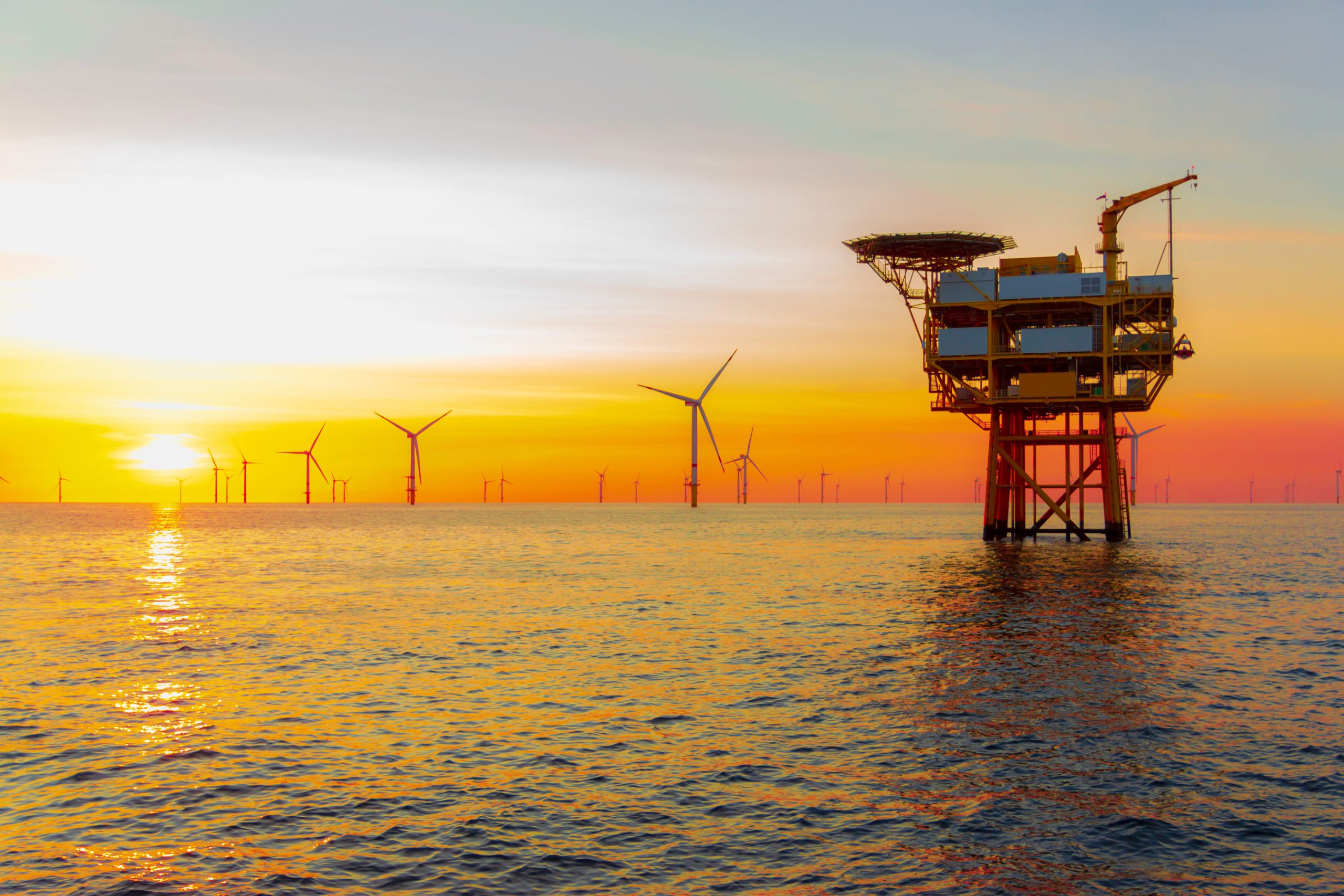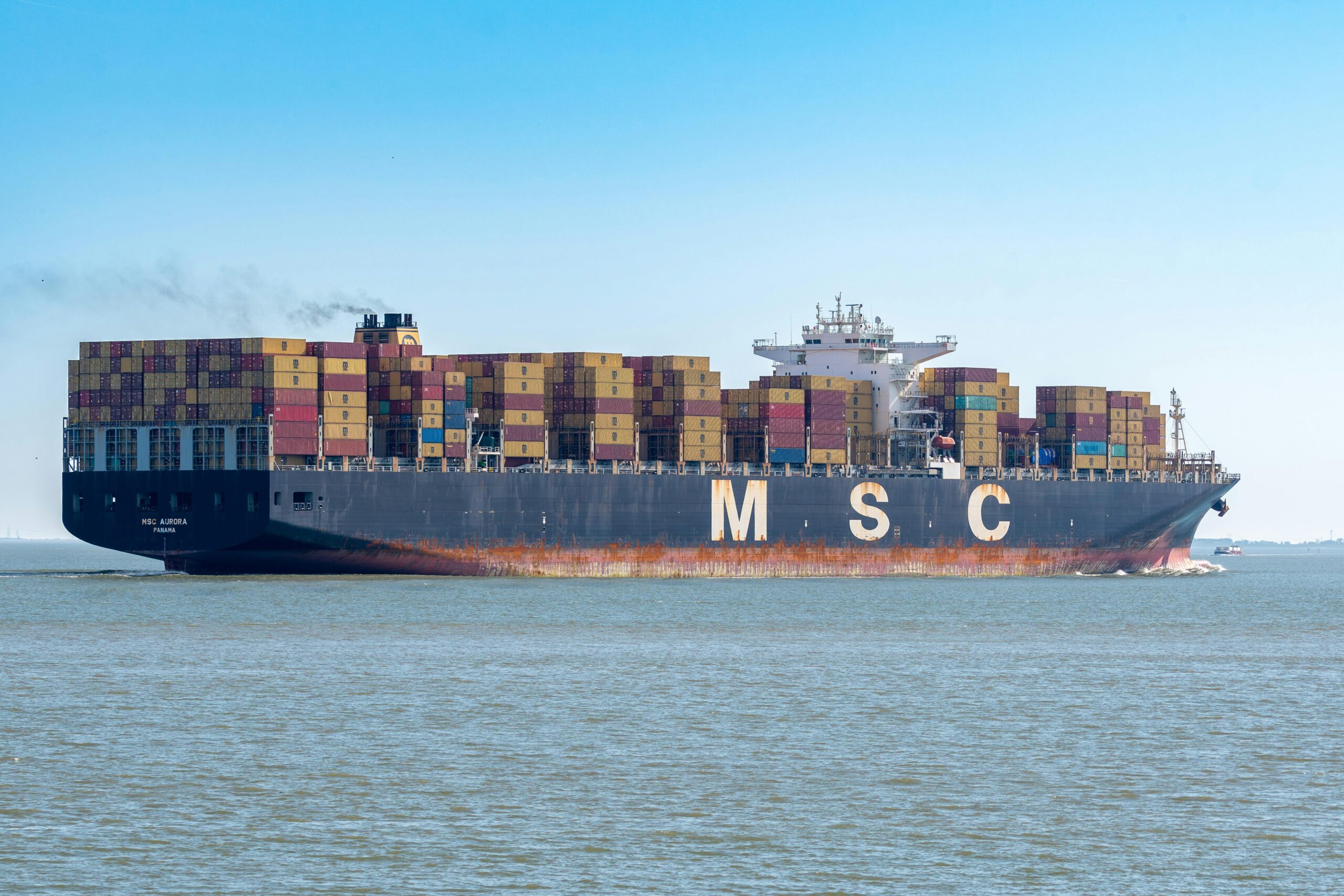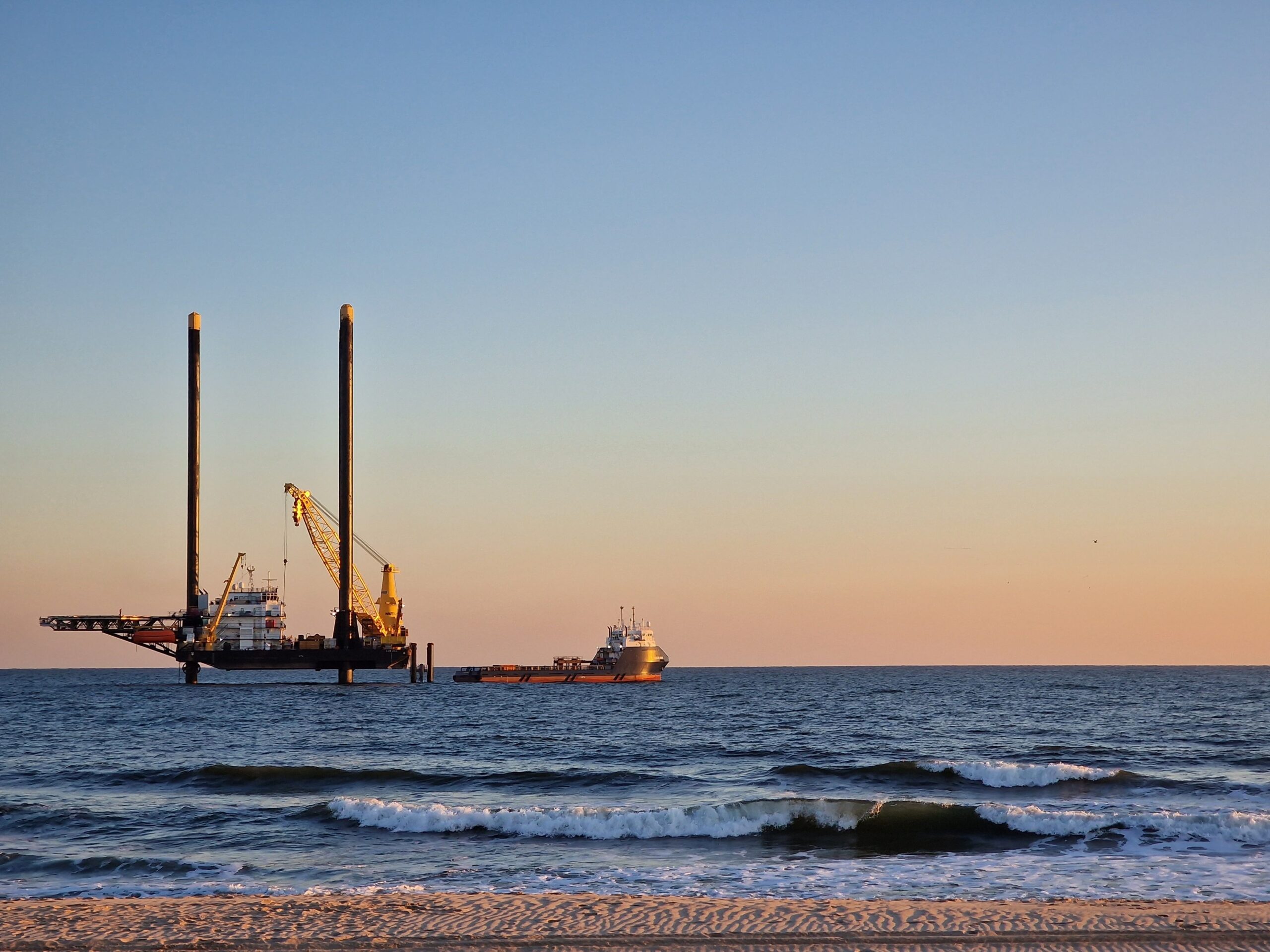As a part of her 2022 State of the State Address, Governor Kathy Hochul announced that New York would be investing $500 million in offshore wind. If carried out successfully, the proposed plan will create 4.3 gigawatts of clean, renewable energy—enough to power about 3 million homes. It will also create about 6,800 high-paying jobs.
New York’s bold foray into offshore wind production is just one example of how the United States has been focusing on building renewable energy sources. According to the U.S. Office of Energy Efficiency and Renewable Energy’s Offshore Wind Market Report: 2021 Edition, 35,324 megawatts of offshore wind power are in various developmental stages. From 2020 to 2021, the U.S. offshore wind pipeline grew 25%, including:
- The Coastal Virginia Offshore Pilot project
- Five new wind energy areas in the New York Bight
- Massachusetts’ Vineyard Wind I
15 projects reached the permitting phase, and 8 states set offshore wind energy production goals totaling 39,298 by 2040. On a global scale, the offshore wind energy pipeline more than tripled, reaching 25,529 megawatts. To put these numbers into perspective, 1 megawatt of capacity will produce about as much energy as is used by about 400 to 900 modern homes annually. It is also important to note that offshore wind pipelines are not likely to generate a completely consistent amount of power throughout the year, as wind speeds will vary, so the megawatts listed above are estimated averages.
30 Gigawatts of Offshore Wind Power by 2030
American Clean Power has touted offshore wind as “America’s next major energy source,” and for good reason. In December 2021, President Biden signed an executive order for the Federal Government to “achieve a carbon pollution-free electricity sector by 2035 and net-zero emissions economy-wide by no later than 2050.” This includes generating 30 gigawatts of offshore wind power by 2030. Offshore wind power sources are expected to be built and expand into the Gulf of Mexico, the Atlantic and Pacific Oceans, and even the Great Lakes.
Technically speaking, the U.S. can produce more than 7,200 terawatt-hours of electricity from offshore wind alone. This is nearly twice the amount of electricity used in the United States in 2019. It’s enough to cover about 90% of all the electricity the U.S. would use in 2050 if everything were run on electricity instead of fossil fuels.
Offshore Wind Workers’ Rights & Safety
Offshore wind turbines are immense and powerful, with blades extending up to 260 feet long. One prototype, planned to be constructed in 2022, has blades measuring 387 feet long. In 2035, the total estimated height of an offshore wind turbine is expected to be 500 feet tall, which is about the height of the Washington Monument. The bigger the wind turbine, the more electricity it can generate.
The tens of thousands of U.S. workers who will take part in constructing and maintaining offshore wind farms are bound to face hazardous working conditions if proper measures are not taken to put their safety first. Devastating injuries can occur if a turbine fails, if a vessel carrying workers to or from an offshore wind installation capsizes, or if a blade breaks or detaches. In July 2021, 4 workers were lost in the South China Sea when the Sheng Ping 001, a wind turbine installation vessel converted from an offshore jack-up rig, tilted dangerously. It was completing the final stages of construction of the Huizhou Gangkou I wind farm when the deadly incident occurred.
With the rapid progression of the offshore wind industry in the United States and across the globe, it is essential to understand its impact on the people who will build, repair, and maintain these installations. Offshore wind farms will present known and unexpected hazards that employers must address to protect their workers. When accidents happen, workers and their families deserve to know what laws will apply to their ability to seek medical treatment, recoup lost earnings, and provide for their futures.
The following laws may apply to offshore wind installation workers:
- The Jones Act, which applies to seamen who are injured or lose their lives at sea because of negligence or an unseaworthy vessel. This could apply to crews who work on the vessels transporting materials to and from offshore wind farms or who work on the wind farms themselves.
- The Death on the High Seas Act (DOSHA), which allows the families of seamen who have lost their lives in international waters or as a result of negligence or wrongdoing to take legal action against maritime employers or other responsible parties. Depending on the location of an offshore wind installation and the circumstances of a worker’s death, this act may apply.
- The Longshore and Harbor Workers’ Compensation Act (LHWCA), which applies to employees who load, unload, build, repair, and decommission maritime vessels. Shipbuilders, longshoremen, and harbor employees involved in offshore wind facility construction and maintenance may be covered.
- The Outer Continental Shelf Lands Act (OCSLA), which applies to the continental shelf of the U.S. This area lies outside of individual states’ jurisdictions, which extends three nautical miles off the coast of each state except for Florida and Texas, whose state jurisdictions extend nine nautical miles offshore.
- General Maritime Law, which requires offshore employers to provide reasonably safe workplaces. Various remedies may be available to offshore wind workers injured on the job, such as maintenance and cure, lost wages, or compensation for injuries caused by unseaworthy vessels.
The relationship between maritime law and the offshore wind industry will be defined in the coming years and decades—and Arnold & Itkin is prepared to play a vital role in fighting for workers’ rights under all applicable laws. The Houston-based offshore injury law firm is a recognized leader in maritime law and has handled some of the most significant offshore cases of all time, including representing one-third of the Deepwater Horizon crew and three widows of the lost El Faro crew. The firm found answers and held the at-fault parties accountable in these cases and countless others, bringing peace of mind and life-changing recoveries to good people who experienced the worst injuries and losses. When offshore workers are injured, they turn to Arnold & Itkin to set things right. No matter what.
Sign up for our newsletter

 Join The Club
Join The Club











